Sleep Safety Awareness Month
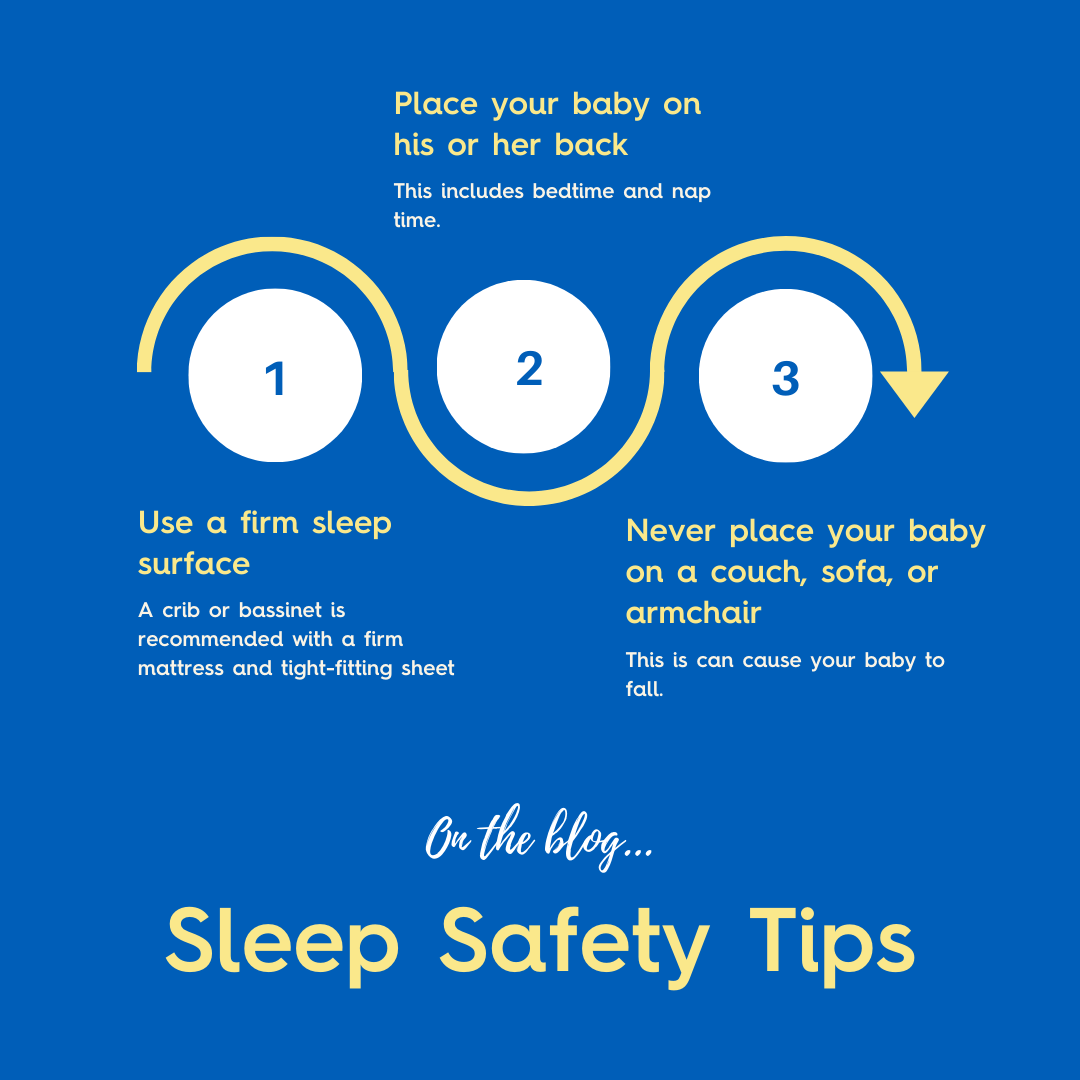
October is Infant Sleep Safety Awareness Month. This month is designated to promote healthy sleep habits for newborns and raise awareness about sleep-related risks. It’s important to learn about safe sleep for your newborn to prevent choking, suffocation, and sudden infant death syndrome (SIDS).
What is safe sleep?
You might be wondering what the term “safe sleep” means. Safe sleep is defined as putting your baby to sleep in ways that protect him or her from choking, suffocation, and SIDS. SIDS is the unexplained death of a baby less than one year old, usually occurring when a baby is sleeping. Sadly, there are about 3,500 sleep-related deaths among babies in the United States each year.
How much sleep does your baby need?
Babies sleep for about 16 hours a day in three to four hour periods. Since he or she needs to eat every few hours, your baby won’t be able to sleep for extended periods of time. Sometimes, your baby may only be able to sleep for an hour or two. This Is normal, and his or her body will adjust to a regular sleep pattern over time. If you are concerned about your little one’s sleep, don’t be afraid to reach out to your pediatrician.
Where should your baby sleep?
In order to sleep safe, your baby should be placed in his or her own bassinet or crib. If you have twins, triplets, or other sets of multiples, be sure to place each baby in his or her own bassinet or crib. Here are a few rules to follow when creating a safe sleep environment for baby:
1. Place your baby on his or her back for sleep times. It’s important to follow this rule during both naps and at nighttime.
2. Use a firm mattress in a safety-approved crib.
3. Keep loose blankets, pillows, soft toys and bumper pads out of your baby’s sleep area.
4. Have you baby share your room, not your bed.
5. Remove hanging cords or wires near your baby’s bed.
6. Be sure that the room temperature is comfortable.
How do you put your baby to sleep safely?
1. Place your baby on his or her back to sleep until one year of age.
a. Babies should not sleep on the side of their tummy. However, when a baby can roll over (usually around two months of age), he or she makes roll over onto the tummy or changes positions. This is OK.
2. Be sure that your baby’s pajamas are light.
a. A baby’s pajamas should be without strings or ties and should not cover the head. It is safe to swaddle your baby while sleeping until he or she can rollover. Immediately stop swaddling when your baby can roll over to his or her tummy. A baby who rolls onto the tummy while sleeping may be more vulnerable to SIDS.
Does breastfeeding affect a baby’s safe sleep?
Did you know that breastfeeding for the first six months of your baby’s life can reduce the risk of SIDS? A study from March of 2009 revealed that breastfeeding reduced the risk of SIDS by about 50% throughout infancy. Therefore, the American Academy of Pediatrics encourages mothers to breastfeed as much as possible to reduce a baby’s risk of SIDS. Below is a list of the ways in which breastfeeding is thought to reduce the risk of SIDS:
• Boosts brain development
◦ Breastfeeding is important for the central nervous system, which is essential to respiratory control during sleep.
• Combats illness
◦ Many infants with SIDS had a minor infection a few days before death. Since an infant has an immature immune system, breast milk helps to provide antibodies that can fight infections that contribute to inflammation and lead to SIDS.
• Promotes safer sleep
◦ Studies show that breastfed babies are more easily around from sleep than formula-fed babies.
• Increases maternal awareness
◦ The skin-to-skin contact that breastfeeding provides can help cue a mother in to signs of physiological distress.
• Supports suck and swallow coordination
◦ Breastfeeding develops the muscles of the oral cavity and throat to help keep the airway open.
Create a safe sleep environment by placing your baby in a crib or bassinet with tight-fitting sheets on his or her back. Be sure to remove all loose blankets, pillows, crib bumpers, and other soft bedding. For more information, visit the American Academy of Pediatrics’ website here.
 Canada
Canada South Africa
South Africa UK
UK EU & Int
EU & Int Ireland
Ireland Australia
Australia Brazil
Brazil New Zealand
New Zealand



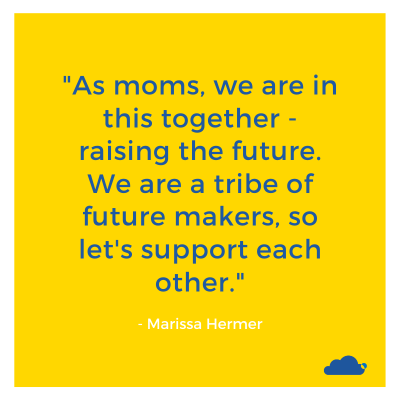
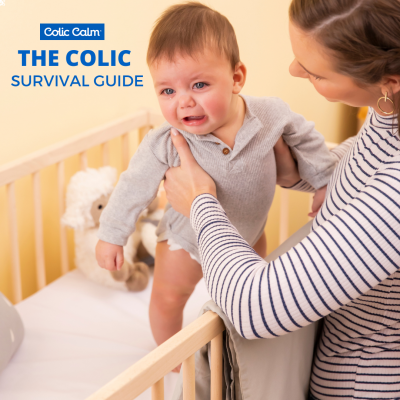

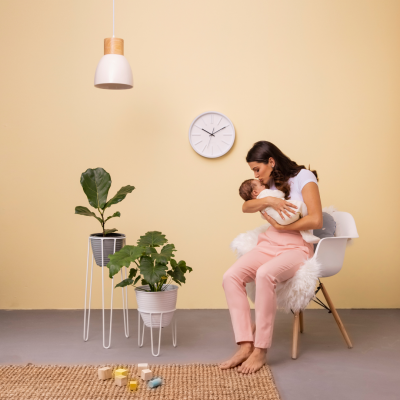
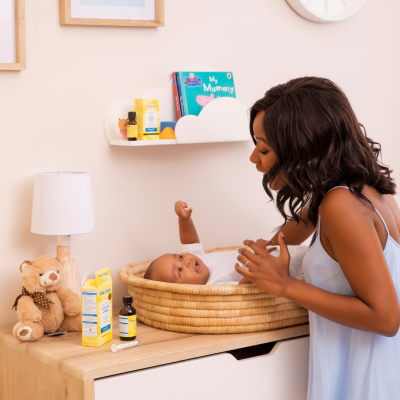
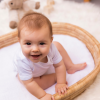
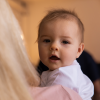
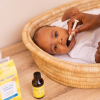
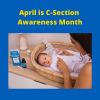
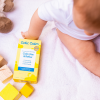



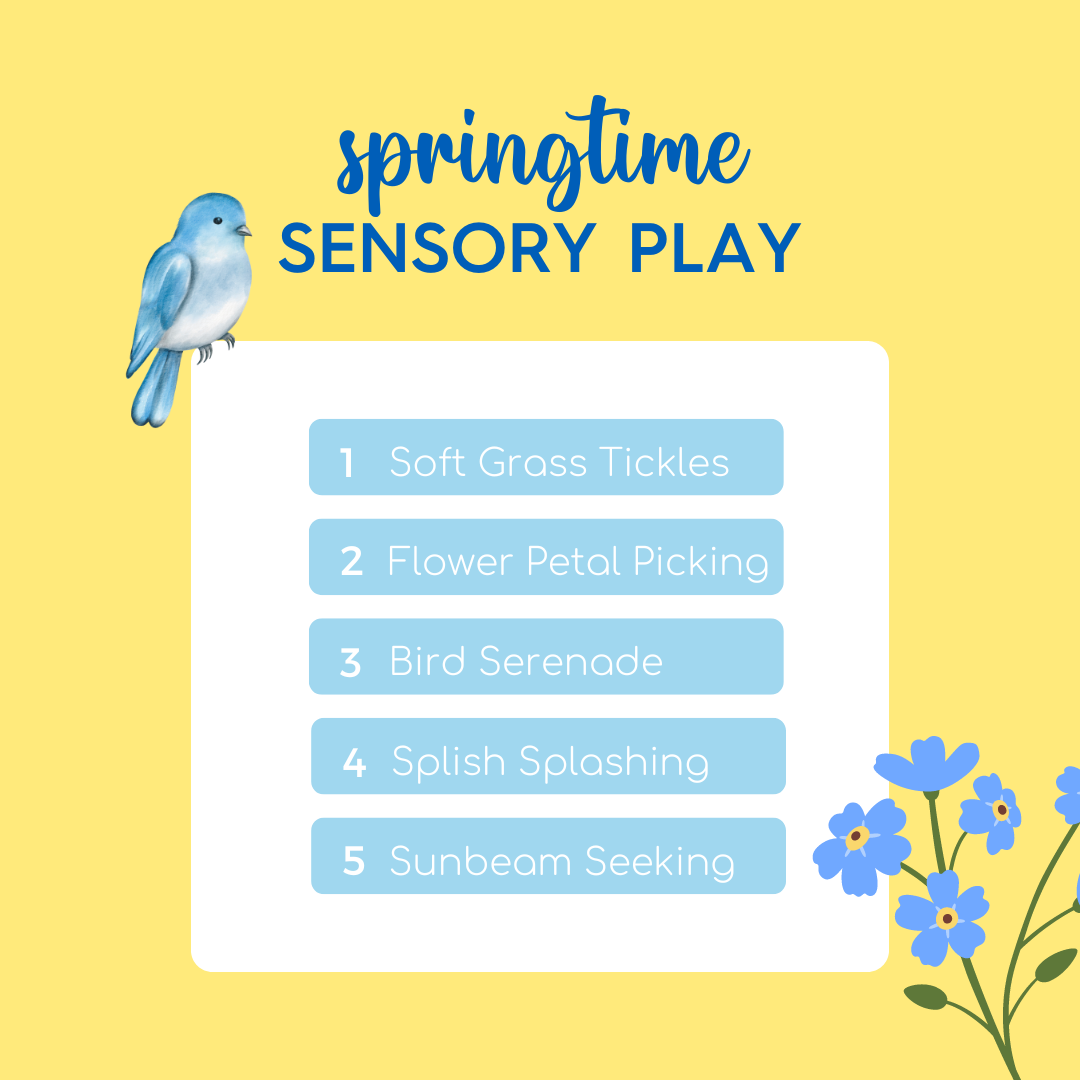
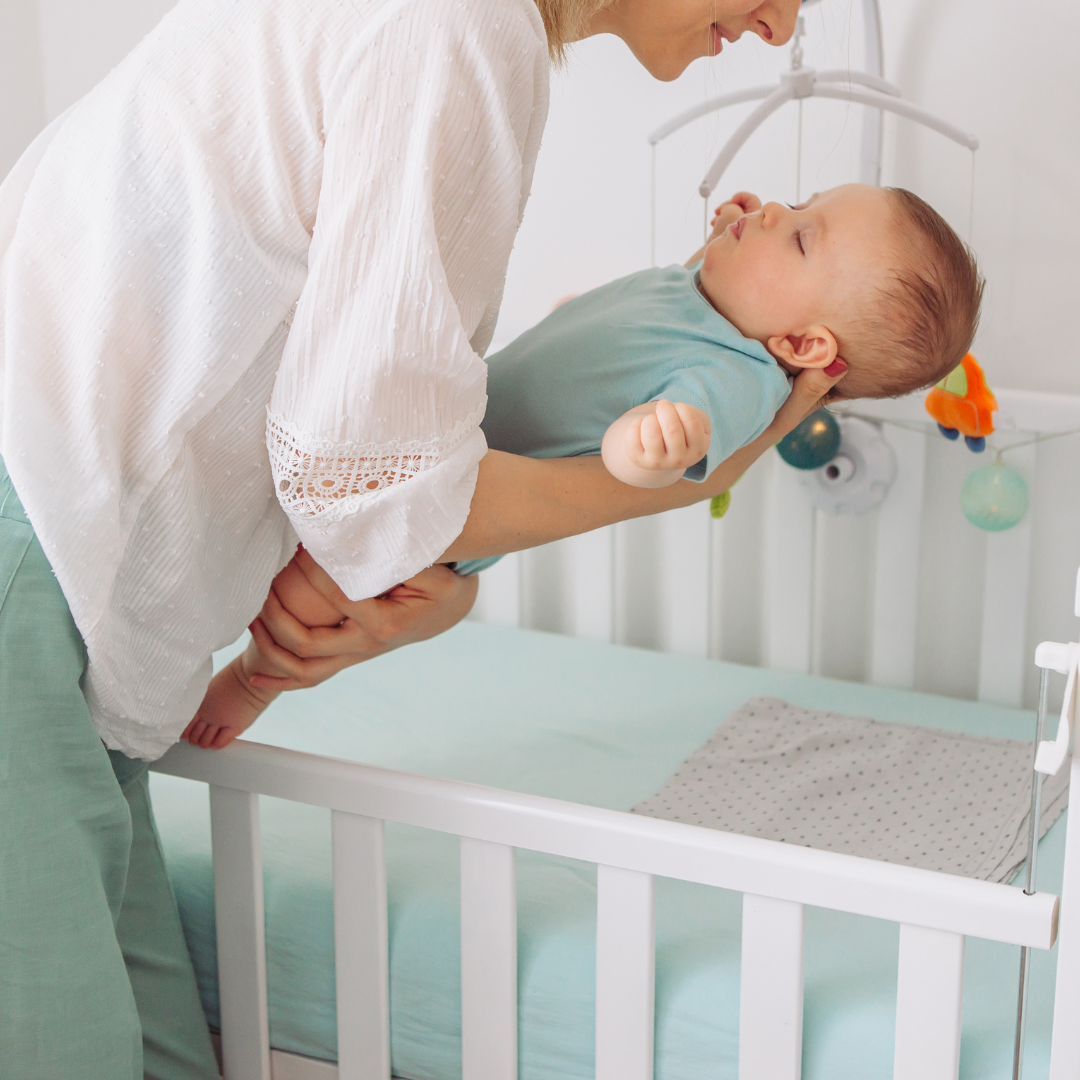
Comments